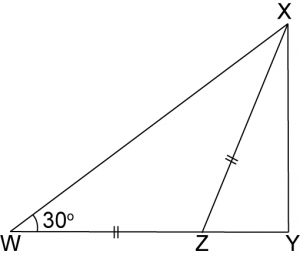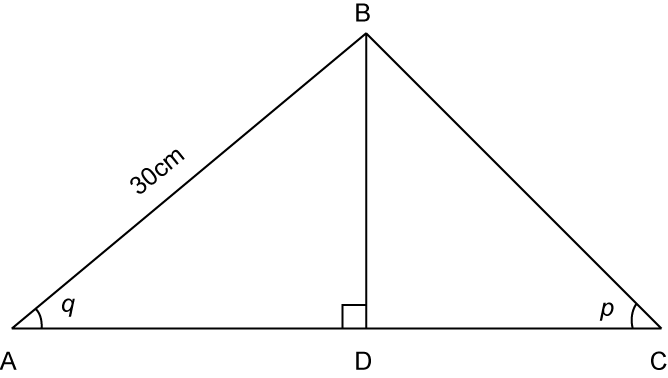Question 13:
Which of the following graph represents y = tan x for 0o ≤ x ≤ 360o?

Solution:
Answer: A
Question 14:
Which graph represents part of y = tan x?

Solution:
Answer: C



x |
0o |
90o |
180o |
270o |
360o |
sin x |
0 |
1 |
0 |
-1 |
0 |

x |
0o |
90o |
180o |
270o |
360o |
cos x |
1 |
0 |
-1 |
0 |
1 |

x |
0o |
90o |
180o |
270o |
360o |
tan x |
0 |
∞ |
0 |
∞ |
0 |






Quick recall:
All – Add
Sine – Sugar
Tangent – To
Cosine – Coffee |














Number of common tangents |
Properties of common tangents |
Two common tangents:
AB and CD |
AC = BD
AB = CD
AB parallel to // OR parallel to // CD |

Number of common tangents |
Properties of common tangents |
Two common tangents:
ABE and CDE |
AB = CD
BE = DE
OA // RB
OC // RD |







|
(a) BA = BC
(b)
ABO =
CBO = xo
(c)
AOB =
COB = yo
(d) ∠ OAB =
OCB = 90o
(e)
AOC +
ABC = 180o
(f) ∆ AOB and ∆ COB are congruent
|